Top 20 Most Iconic Clan Stewart Castles to Visit in Scotland
by Aimee Li on Sep 14, 2024
Table of Content
Introduction
Scotland is a land steeped in history, and the Clan Stewart has played a significant role in shaping its rich cultural tapestry. From majestic castles to breathtaking landscapes, the top 20 most iconic Clan Stewart Castles to visit offer a unique glimpse into the legacy of this renowned clan. Each location tells a story of bravery, heritage, and the enduring spirit of the Stewarts, inviting visitors to explore the sites that have been integral to their history. Whether you're a history enthusiast, a nature lover, or simply seeking to connect with Scotland's vibrant past, these iconic destinations promise an unforgettable journey through the heart of Clan Stewart's heritage.
I. An Overview of Clan Stewart
Clan Stewart is a notable Scottish clan with a rich history spanning both the Highland and Lowland regions. While recognized by the Court of the Lord Lyon, the clan currently does not have an officially recognized chief, categorizing it as an armigerous clan. The Earls of Galloway are considered the principal branch, and their crest is used in the clan's badge.
The origins of Clan Stewart date back to a family of stewards from Dol in Brittany, France. After the Norman conquest of England, they became known as the FitzAlan family and acquired estates in England. Walter Flaad, who arrived in Scotland during the reign of David I, was appointed High Steward of Scotland, and it is from this role that the surname Stewart originated. Walter's legacy includes his leadership in the royal army's victory at the Battle of Renfrew in 1164.
💡Discover more interesting facts about Clan Stewart's history at Clan Stewart History: The Story of Scotland’s Legendary Clan.
II. Clan Stewart Castles: Most Iconic Castle to Visit in Scotland
1. Edinburgh Castle
Edinburgh Castle, a prominent Clan Stewart castle, holds great historical significance as a former royal residence of the Stewart family. It is located in Edinburgh, Scotland, and sits on Castle Rock, which has been inhabited since at least the Iron Age. A royal castle has existed there since Malcolm III's reign in the 11th century, remaining a royal residence until 1633. Its role as a residence declined from the 15th century, and by the 17th century, it mainly served as a military garrison. Starting in the early 19th century, its national heritage significance grew, leading to various restoration efforts over the last 150 years.
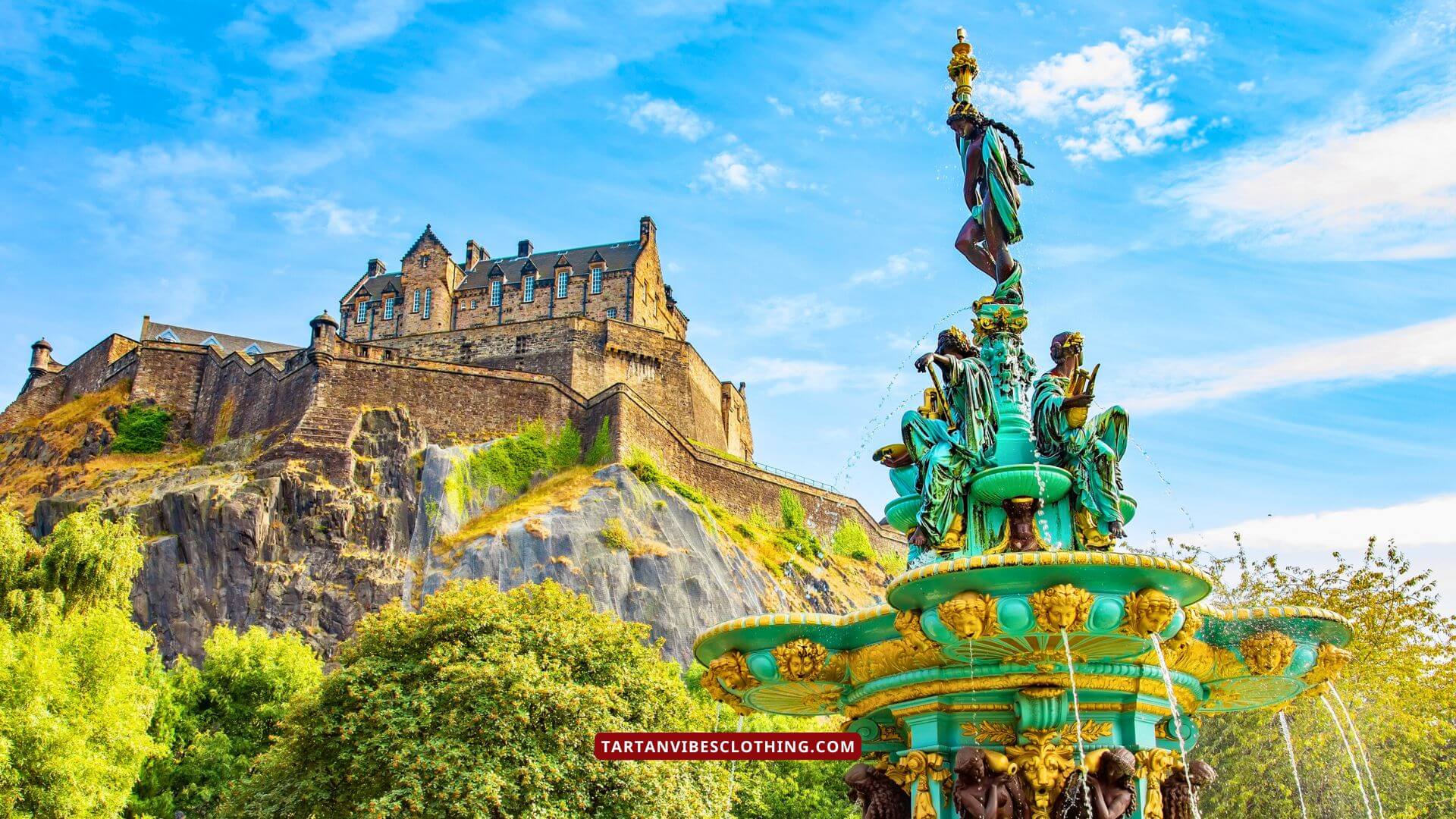
The castle has been crucial in Scottish history, serving as a royal residence, arsenal, treasury, national archive, mint, prison, military fortress, and home to the Honours of Scotland (Scottish regalia). As a critical stronghold in Scotland, it was involved in numerous conflicts, from the Wars of Scottish Independence in the 14th century to the Jacobite uprising in 1745.
2. Stirling Castle
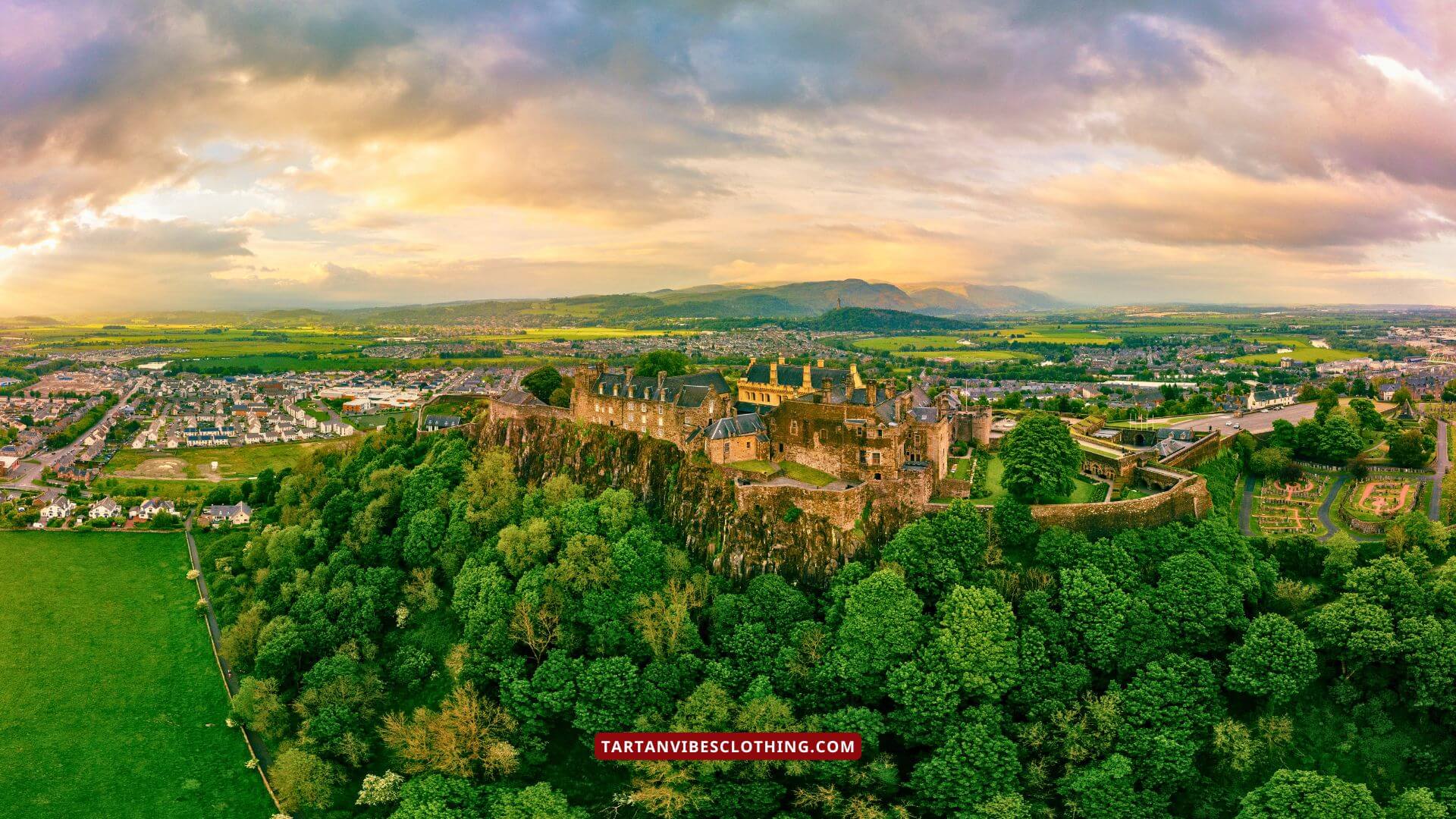
3. Linlithgow Palace
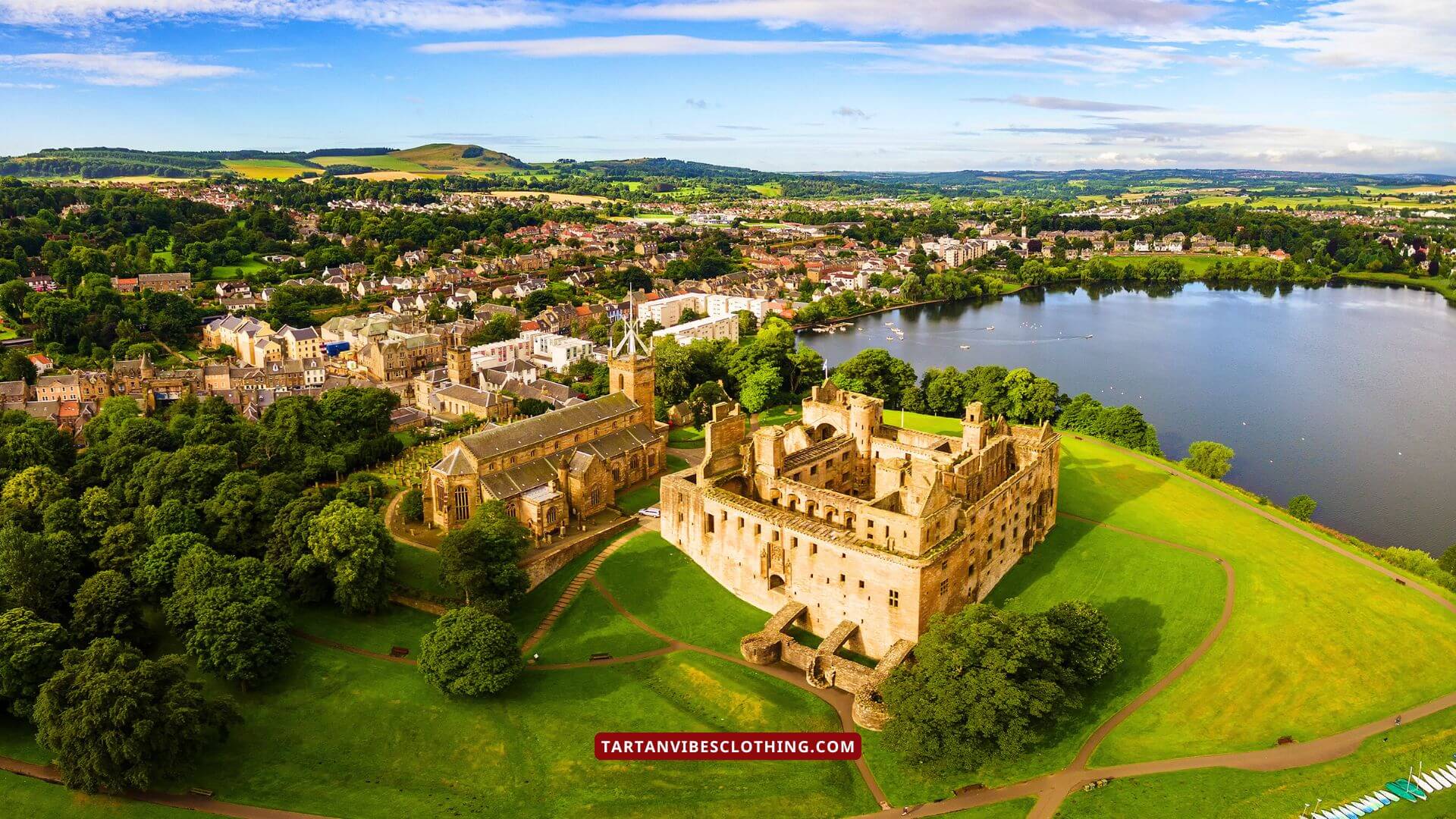
Linlithgow Palace was a key residence for Scotland's Stewart and Stuart kings. Its ruins are situated in Linlithgow, West Lothian, about 15 miles (24 km) from Edinburgh. During the 15th and 16th centuries, it served as a principal royal residence. After Scottish monarchs moved to England in 1603, the Palace fell into disuse and was destroyed by fire in 1746. Historic Environment Scotland currently manages it as a tourist attraction.
4. Falkland Palace
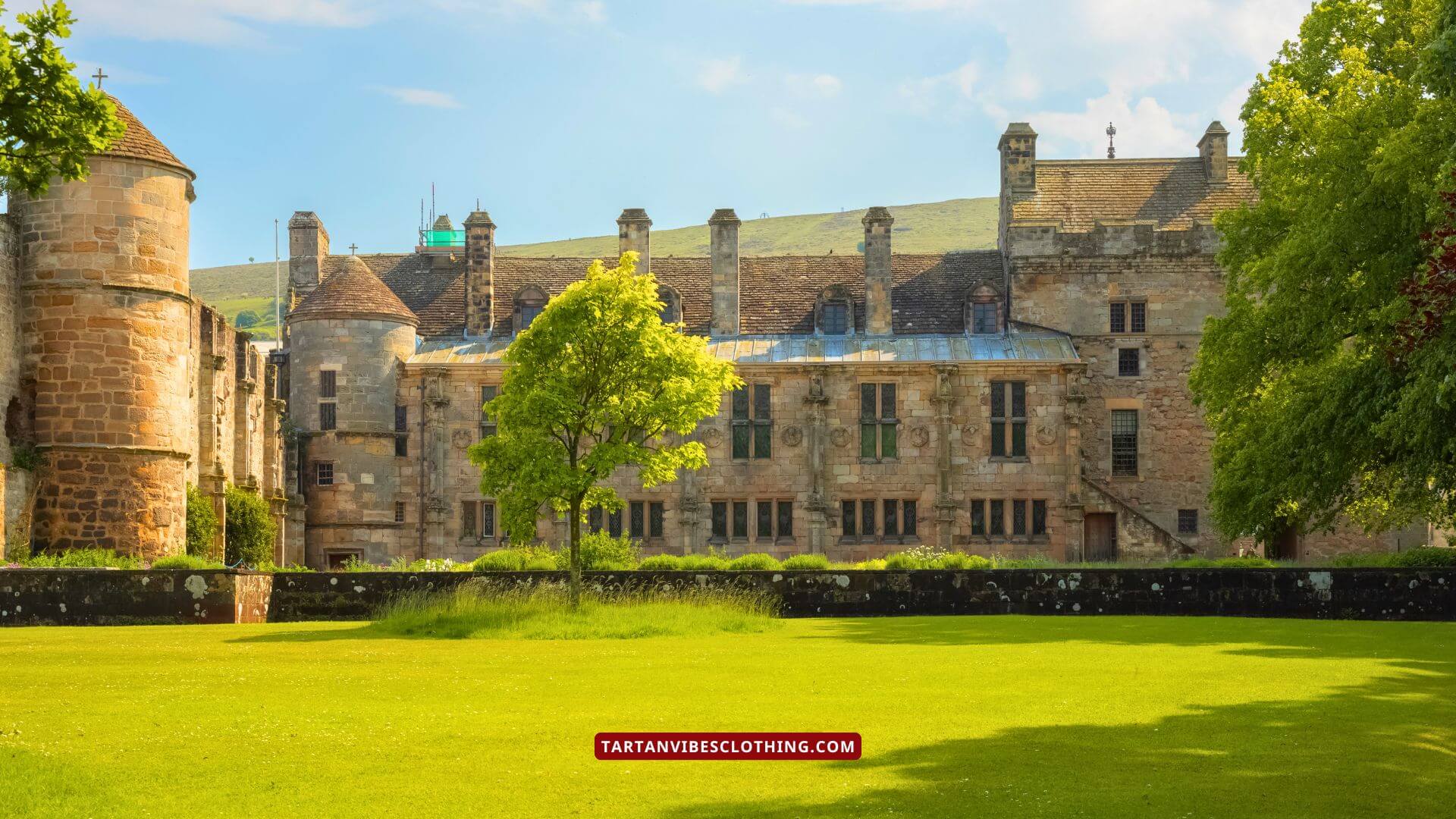
5. Castle Stuart
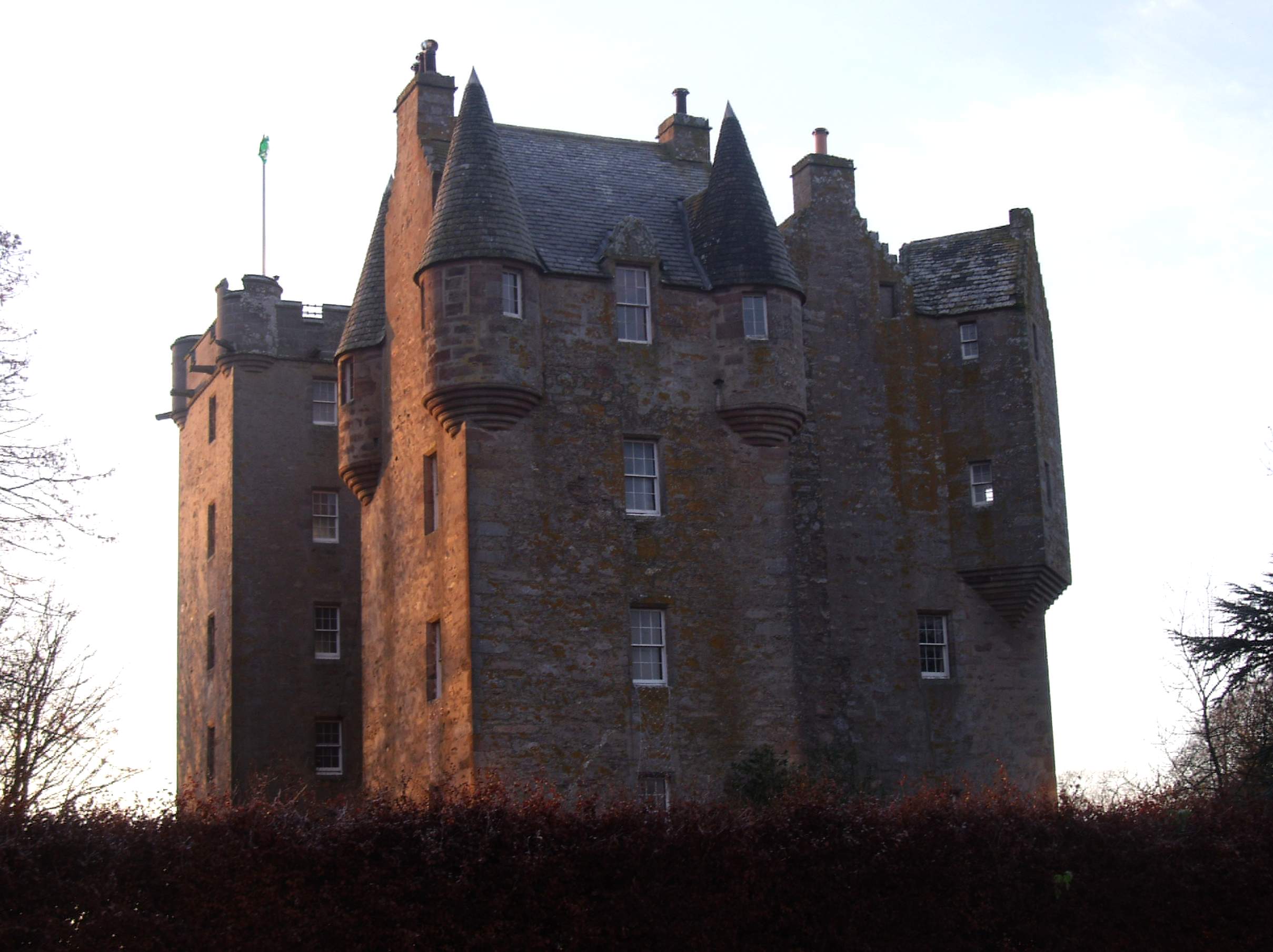
Castle Stuart, a notable Clan Stewart castle, was the residence of the Stuarts, who were Earls of Moray. It is a renovated tower house by the Moray Firth, about 6.5 miles northeast of Inverness. The land for the castle was given to James Stewart, 1st Earl of Moray, by his half-sister Mary, Queen of Scots, after her return to Scotland in 1561. Due to the murders of Stewart and his son-in-law, James Stewart, 2nd Earl of Moray, the castle was completed by his grandson, James Stuart, 3rd Earl of Moray, in 1625. While it thrived at first, it fell into neglect as the House of Stuart's fortunes declined during the English Civil War and the execution of Charles I. The castle remained abandoned for 300 years before its restoration and now operates as a luxury hotel.
✨Discover the mysteries, history, and development of Clan Stuarts of Bute to understand more about its connection to Clan Stewart!
6. Castle Stalker
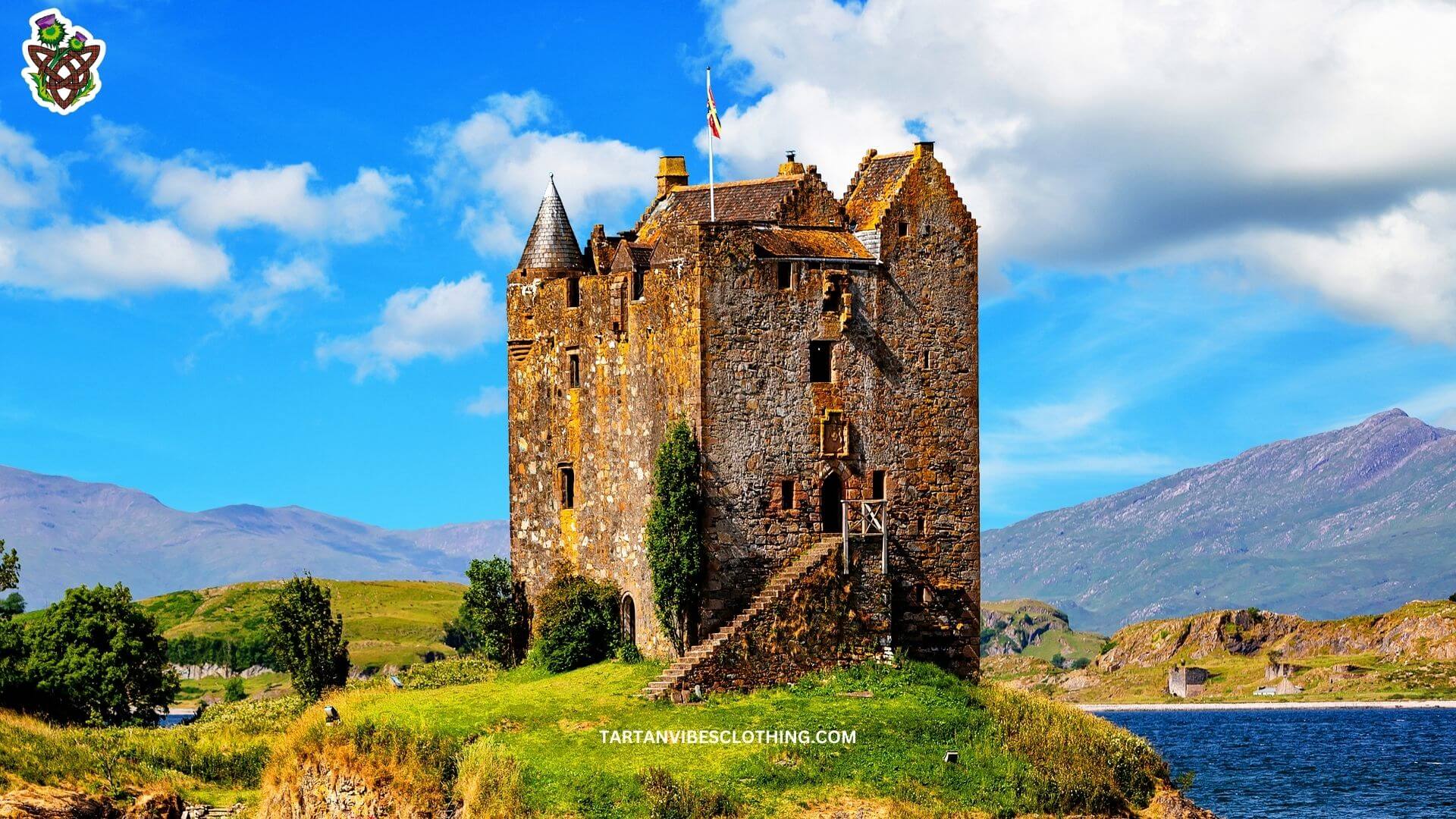
Castle Stalker, also known as Caisteal an Stalcaire in Scottish Gaelic, is a remarkable Clan Stewart castle located in Argyll, Scotland. This four-story tower house sits atop a tidal island in Loch Laich, part of Loch Linnhe. The castle is approximately 1.5 miles northeast of Port Appin and can be seen from the A828 road between Oban and Glen Coe. Access to the island is challenging at low tide. The name "Stalker" derives from the Gaelic word for "hunter" or "falconer." This castle is one of the best-preserved medieval towers in western Scotland. It is designated as a Category A listed building within the Lynn of Lorn National Scenic Area.
7. Lochranza Castle
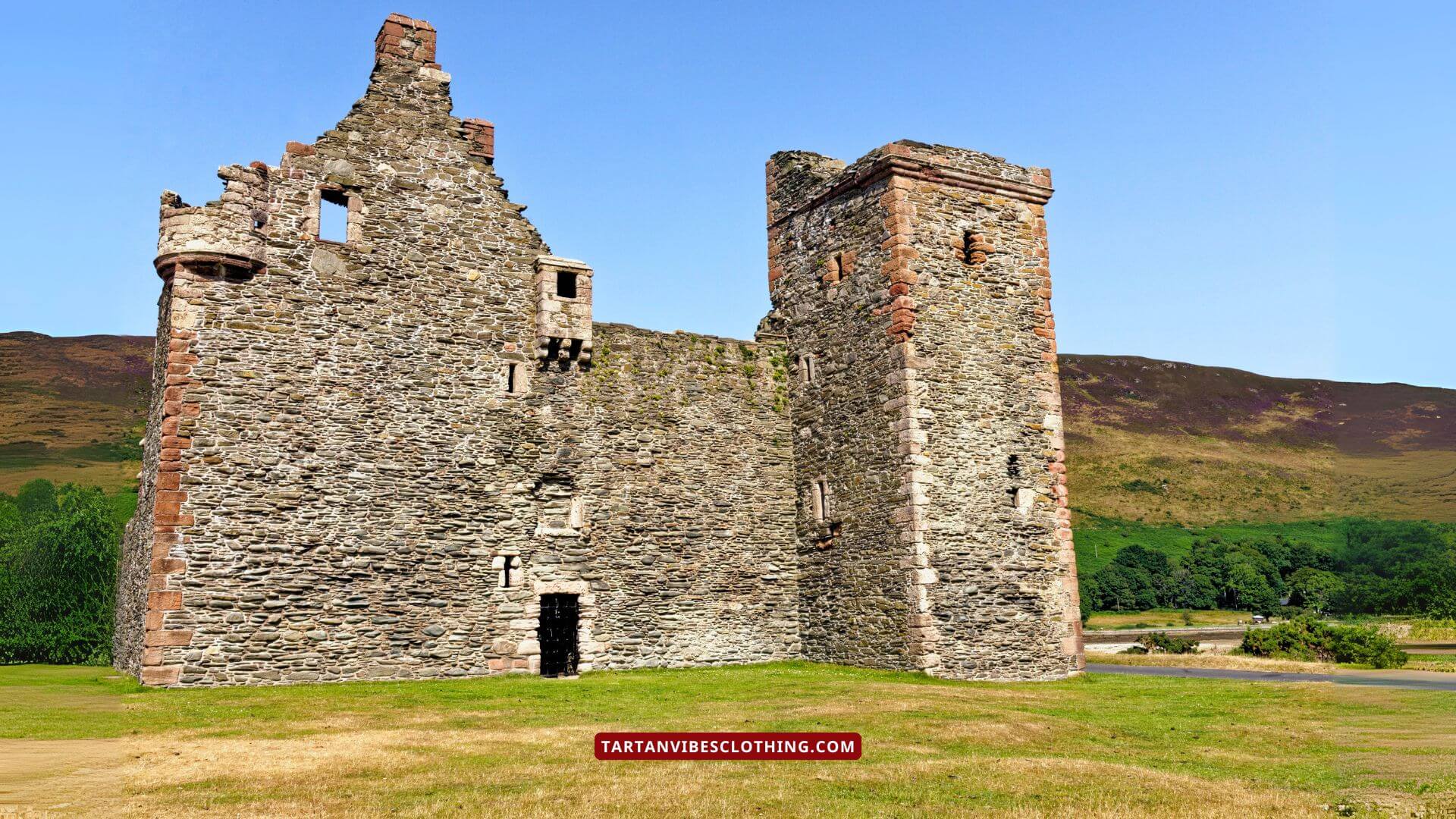
In 1262, Alexander III of Scotland granted Lochranza Castle, a notable Clan Stewart castle, to Walter Stewart, the Earl of Menteith. The castle is an L-shaped fortified tower on a peninsula in Lochranza, on northern Arran Island in Scotland. The majority of its existing structure dates back to the 16th century.
8. Dundonald Castle
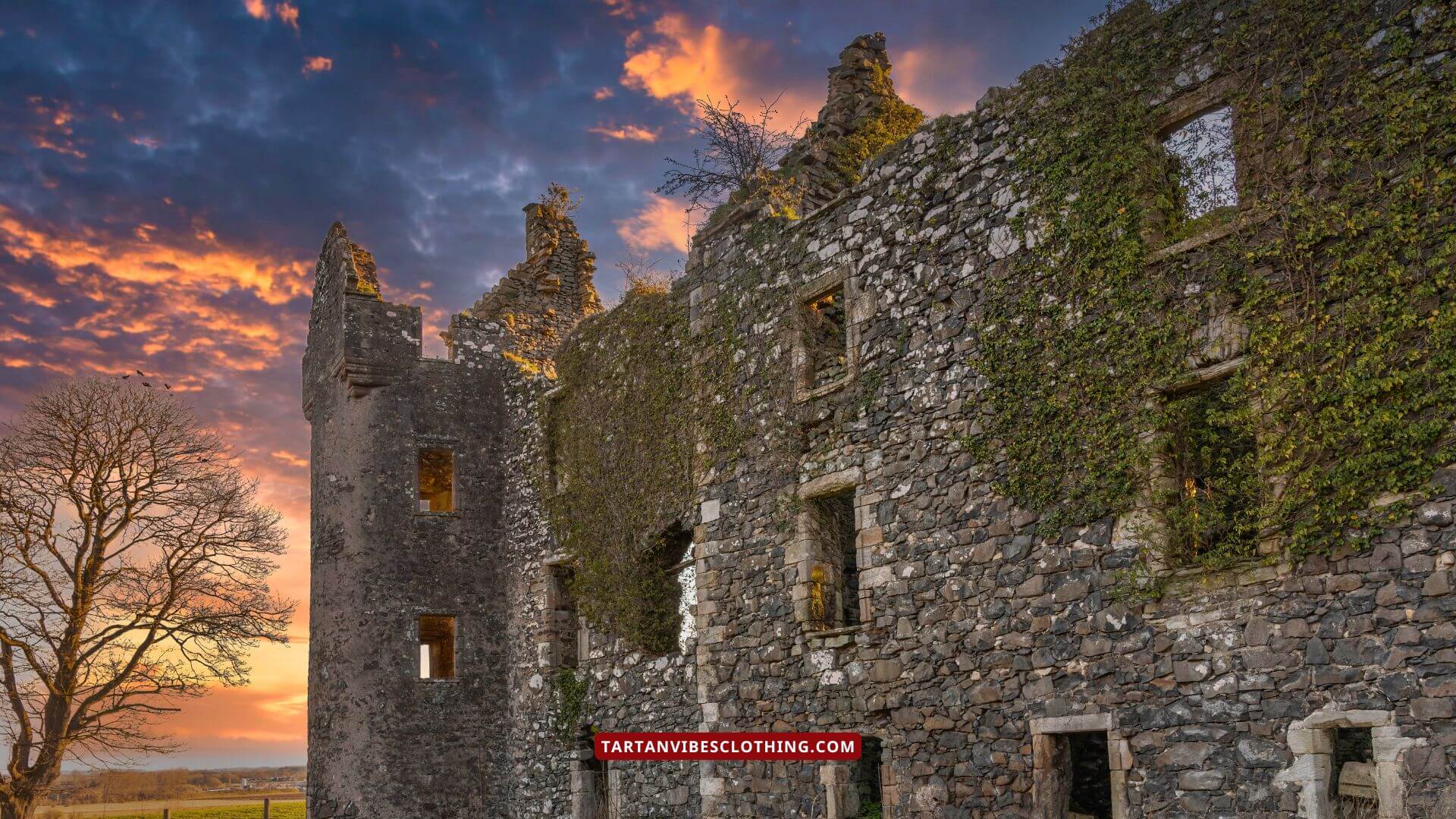
Dundonald Castle, a significant Clan Stewart castle, was constructed in the 13th century by Alexander Stewart, the 4th High Steward of Scotland. The castle served the Stewart monarchs. It is located on a hill overlooking Dundonald village, between Kilmarnock and Troon in South Ayrshire, Scotland. Built as a fortified tower house for Robert II upon his ascension to the throne in 1371, it was also used as a royal residence by Robert II and his son Robert III.
9. Doune Castle
Doune Castle was constructed in the 14th century by Robert Stewart, Duke of Albany. Located near the village of Doune in central Scotland, it sits at a bend where the Ardoch Burn meets the River Teith. The castle is 8 miles (13 kilometers) northwest of Stirling, close to where the Teith flows into the River Forth and near Callander on the edge of the Trossachs. Recent findings suggest that Doune Castle was built in the 13th century, damaged during the Scottish Wars of Independence, and then rebuilt in its current form in the late 14th century by Robert Stewart, who was also Regent of Scotland. Remarkably, the castle has remained largely unchanged over the centuries and was traditionally thought to have been constructed in a single phase, showcasing the enduring legacy of the Clan Stewart castle.
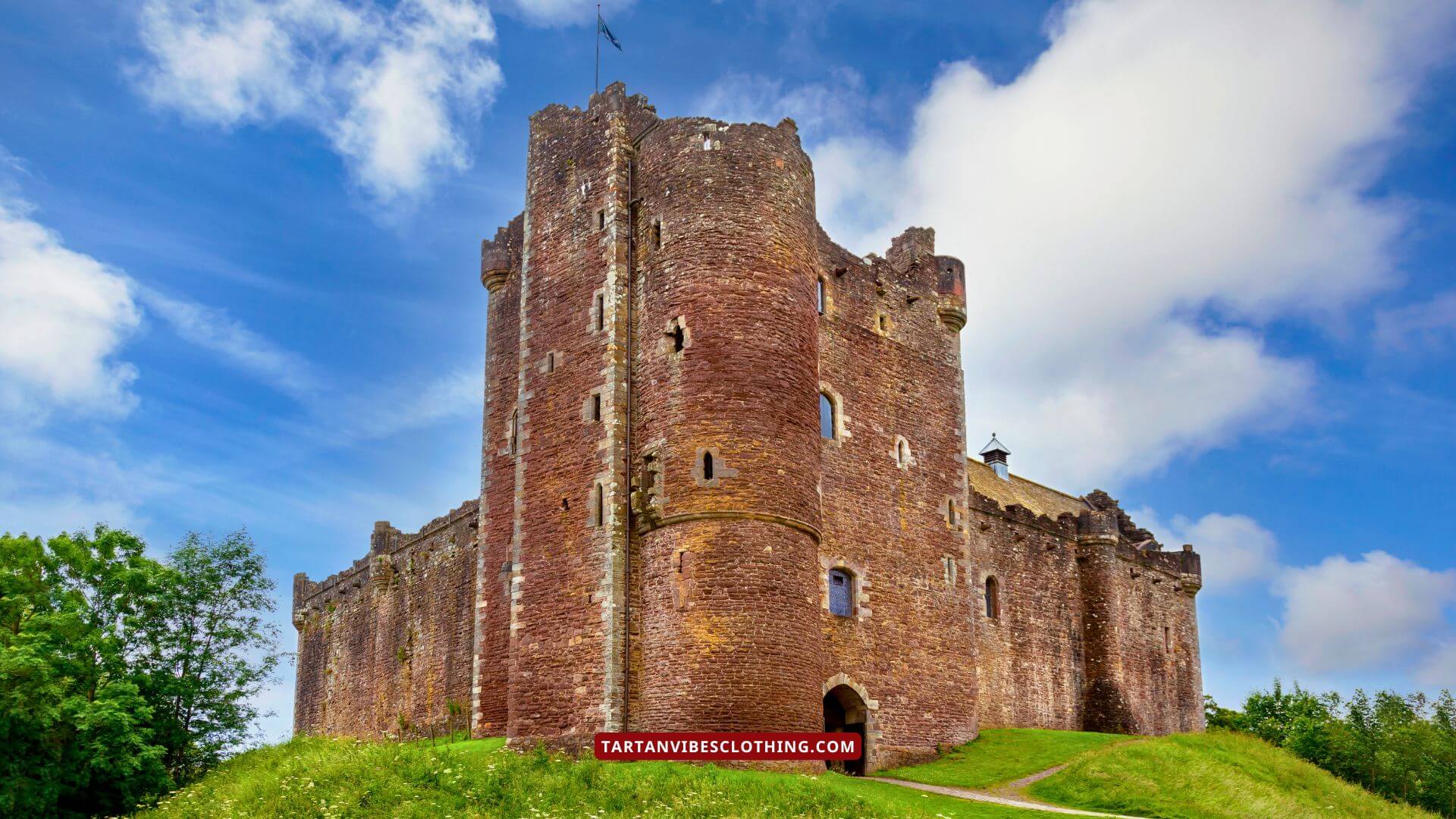
In 1425, it became royal property after the Duke's son was executed and functioned as a hunting lodge. By the late 16th century, it belonged to the Earls of Moray. The castle experienced military conflicts during the Wars of the Three Kingdoms and Jacobite risings. By 1800, it was in ruins but underwent restoration in the 1880s before coming under state care in the 20th century.
10. Earl's Palace, Kirkwall
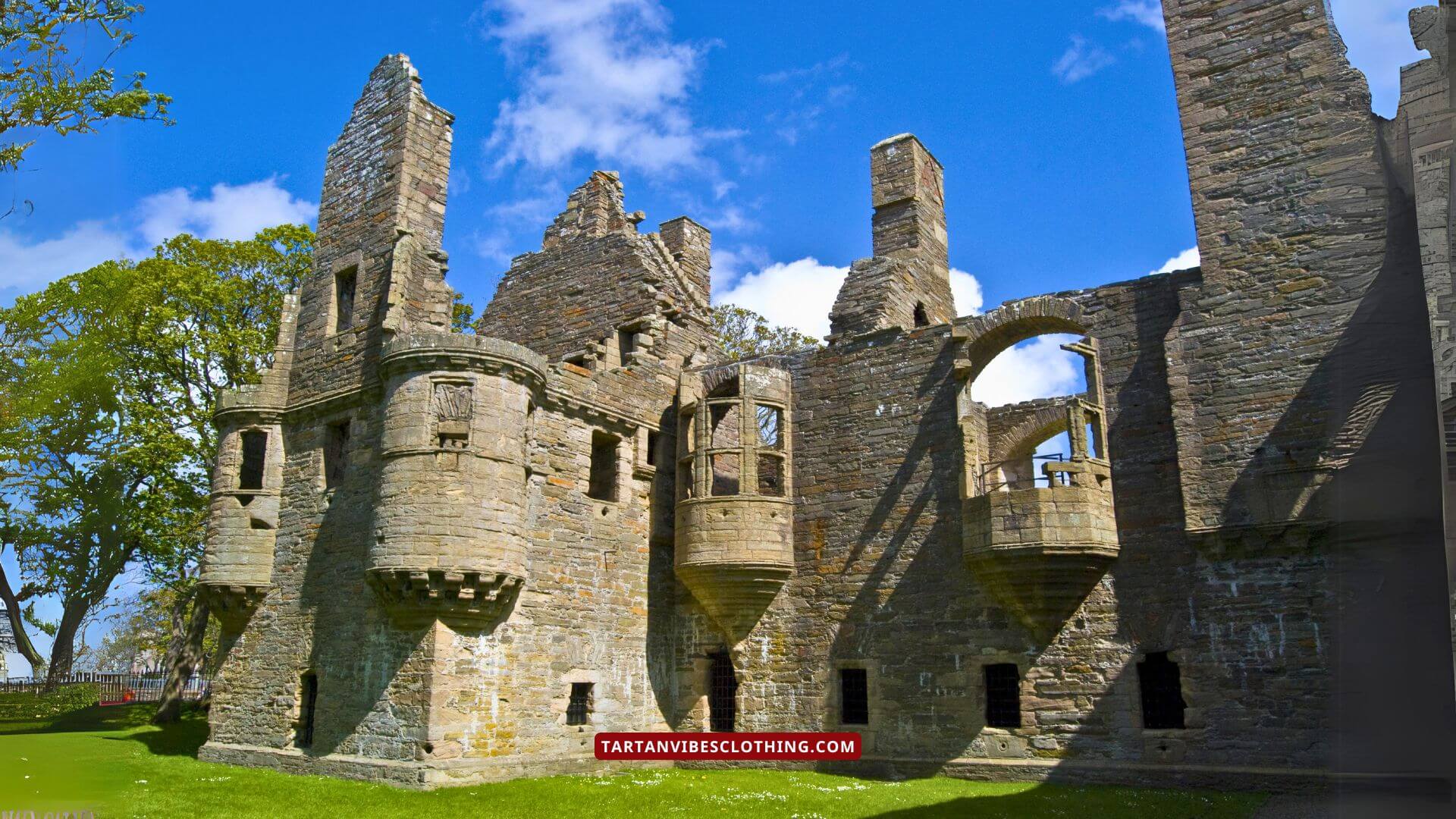
11. Bishop's Palace, Kirkwall
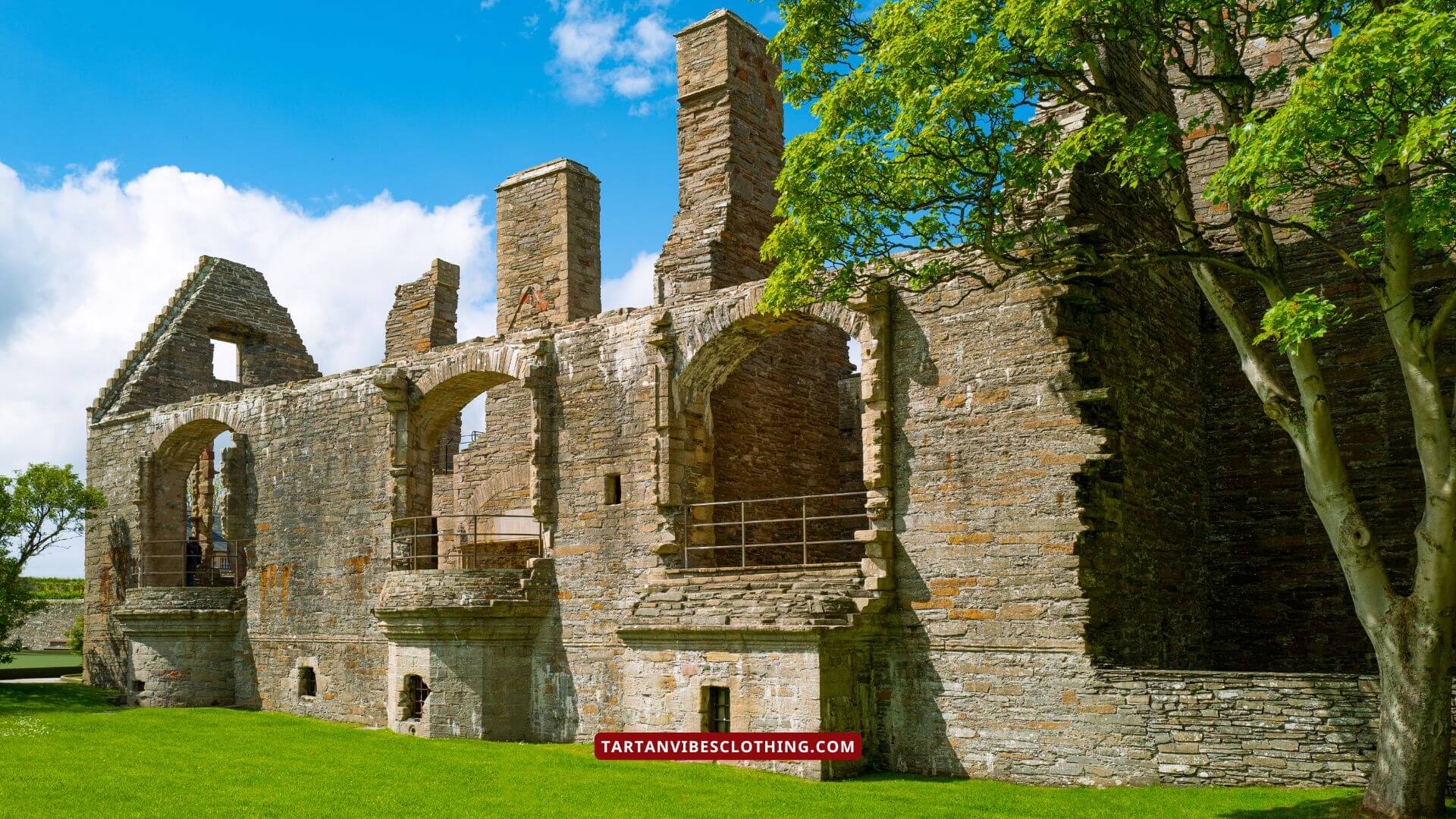
12. Scalloway Castle
Patrick Stewart, the 2nd Earl of Orkney, constructed Scalloway Castle, a notable Clan Stewart castle. It is a tower house located in Scalloway on Shetland Mainland, the largest island in Scotland's Shetland Islands. The tower was erected in 1600 when Stewart briefly ruled Shetland.
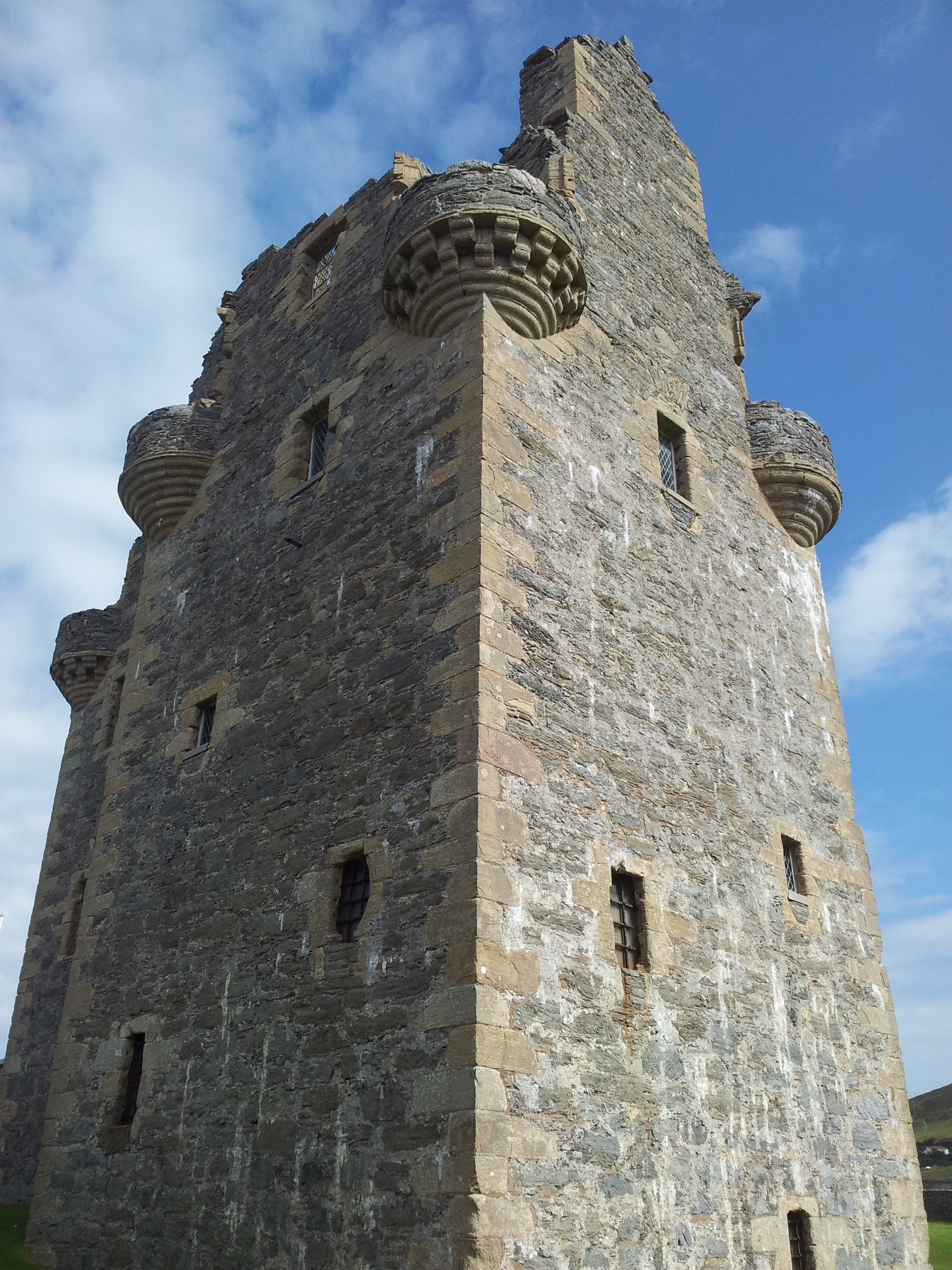
13. Crookston Castle
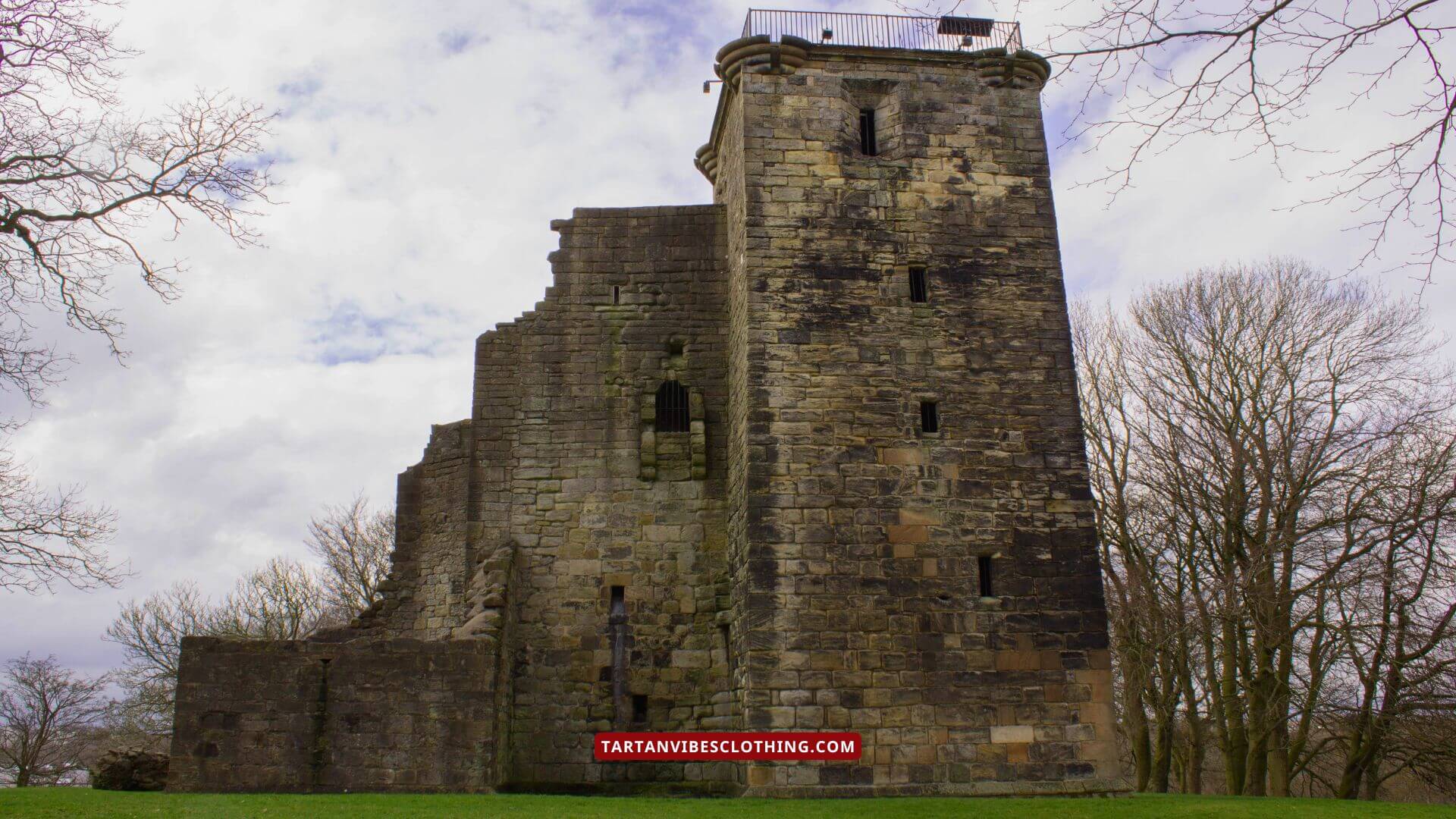
Different branches of the Clan Stewart have held Crookston Castle. It is a ruined medieval fortress located in Pollok, Glasgow, Scotland, about five miles southwest of the city center on a hill above the Levern Water, near its junction with the White Cart Water. Built by the Stewarts of Darnley around 1400, the castle is surrounded by earthworks from the 12th century. Once the property of the earls and dukes of Lennox, Crookston Castle underwent extensive restoration after a siege in 1544 and now stands as the sole surviving medieval castle in Glasgow, a proud example of Scotland’s architectural heritage and a testament to the enduring legacy of the Clan Stewart castle.
14. Rothesay Castle
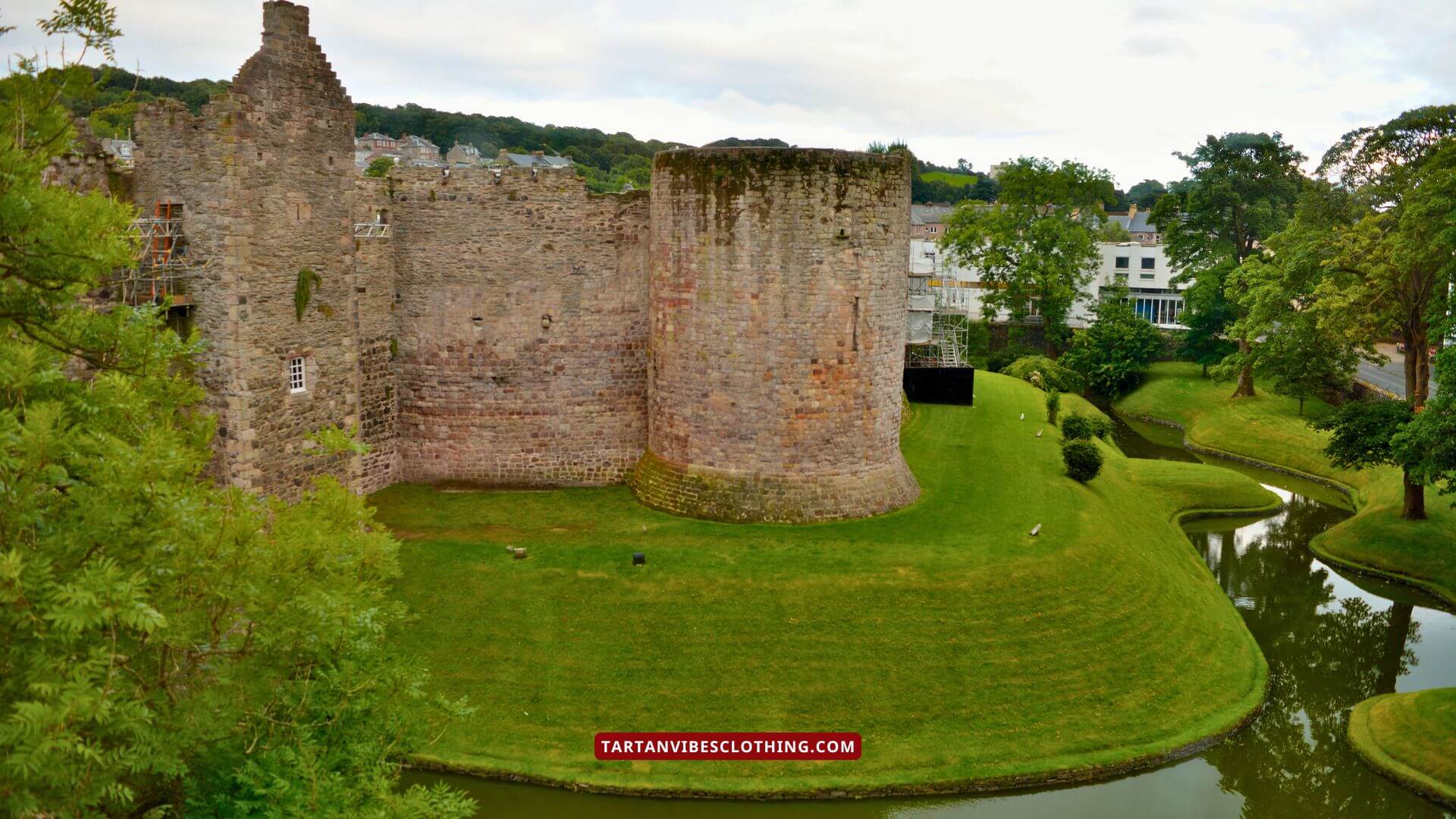
Rothesay Castle, a distinguished example of Clan Stewart castle, was built by the Stewarts in the early 13th century and is situated in Rothesay, the principal town on the Isle of Bute in western Scotland. The castle, noted for its long history and unique circular design, is at coordinates NS086646. It features a massive curtain wall reinforced by four round towers and a 16th-century forework, all encircled by a wide moat. Initially built by the Stewart Clan, it withstood Norse raids and became a royal residence. After declining after the 17th century, the Marquess of Bute repaired it before it came under state care in the 20th century.
15. Drumin Castle
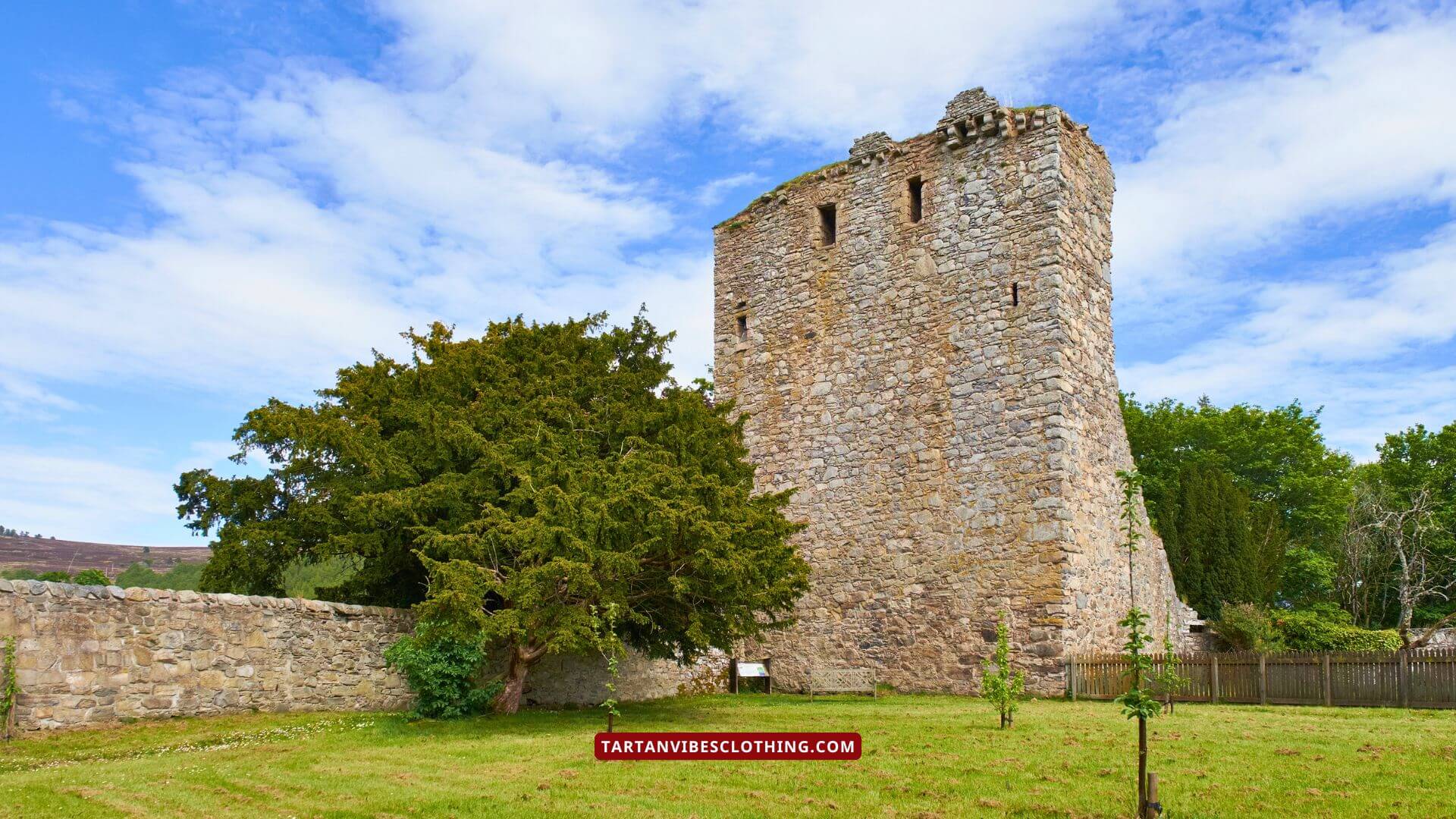
Drumin Castle, a significant Clan Stewart castle, was the residence of Alexander Stewart, Earl of Buchan, famously known as the Wolf of Badenoch. This ruined tower house is near Glenlivet in Moray, Scotland, on a ridge above where the Livet and Avon Rivers meet. It is recognized as a scheduled monument. King Robert II granted the lands to his son, Alexander Stewart, in the early 1370s. In 1490, ownership was transferred from the Stewart Clan to the Gordon Clan. The castle was abandoned in the 18th century, leading it into disrepair.
16. Ardvorlich Castle
Ardvorlich Castle, a stronghold of the Stuarts of Balquhidder, is situated along the south shore of Loch Earn in Perthshire. It lies at the west end of Comrie parish, bordering Balquhidder. The Stewart Clan has called Ardvorlich home since the 16th century. The current house, built in 1790 by Robert Ferguson with materials from an earlier structure, exemplifies a medium-sized formal 18th-century residence with 19th-century additions. An 1819 account describes it as the home of William Stewart, surrounded by mature trees and young plantations. The fictional "Darnlinvarach" castle in Sir Walter Scott's 1819 novel A Legend of Montrose was inspired by Ardvorlich House, which Scott visited. With over 400 years of ownership, the Stewarts continue to maintain their connection to this remarkable Clan Stewart castle today.
📖 Learn more about the Stewarts of Balquhidder and their impact on Scottish heritage.
17. Garth Castle
Castle Garth is one of the ancient Clan Stewart Castles. This 14th-century tower house, known as Caisteal a' Chuilein Churta in Scottish Gaelic, is situated near Coshieville in Glen Lyon, Perth, and Kinross. Although it has a rich history, it is most famously linked to Alexander Stewart, Earl of Buchan, who died there in 1396.

18. Grandtully Castle
Grandtully Castle is a historical site in Grandtully, Perth, and Kinross, Scotland. It is listed as a Category A building from 1560. An earlier castle, now just foundation ruins, was built around 1414, about a mile to the east. The current Z-plan towerhouse was constructed in 1560 and expanded in 1626 into a fortified residence. In the 1890s, significant additions were made in the Scots Baronial style by Leadbetter & Fairley. The Stewart family owned the lands and castle since the 14th century, with Thomas Stewart mentioned in 1587.
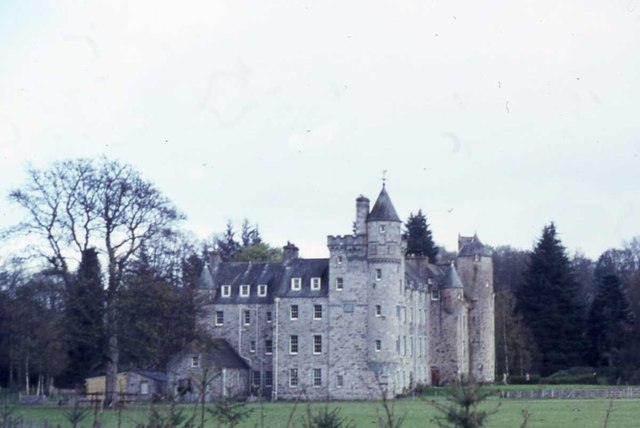
Historically, the castle played a strategic role during the Jacobite Rising of 1715 when it was used by the Earl of Mar, and it was also utilized by Bonnie Prince Charlie during the 1745 rebellion, further solidifying its importance as a Clan Stewart castle in Scotland's tumultuous history.
19. Garlies Castle

Garlies Castle is a 14th-century ruined courtyard castle with a prominent 15th-century tower featuring 8-foot thick walls. The overgrown ruins are situated in woodlands. Inside the building, you can explore a vaulted basement, a guard room, a turnpike stair, and two cellars. A pit prison has disappeared under foliage and debris, but the wine cellar has an impressive fireplace. Access to the castle is via a scenic woodland walk from a small Knockman Woods parking area, leading across a rough, often boggy track through open countryside. This path eventually leads to the hidden ruins. The Stewarts held ownership of this castle and its surrounding lands from 1263 until the 20th century, making it a significant part of their heritage as a Clan Stewart castle. For a safe visit, it’s advisable to use an ordinance survey map or app and wear weatherproof walking boots.
20. Craigmillar Castle
Craigmillar Castle, located three miles southeast of Edinburgh, is a medieval ruin associated with the royal Stuarts. The Preston family started its construction in the late 14th century and continued through the next two centuries. In 1660, Sir John Gilmour acquired and revitalized the castle, but the Gilmours moved to Inch House in the 18th century, leading to the castle's decline. Today, Craigmillar Castle is managed by Historic Environment Scotland and is open for public visits, allowing guests to explore its rich history as a prominent Clan Stewart castle and appreciate the legacy of the Stuarts within its walls.
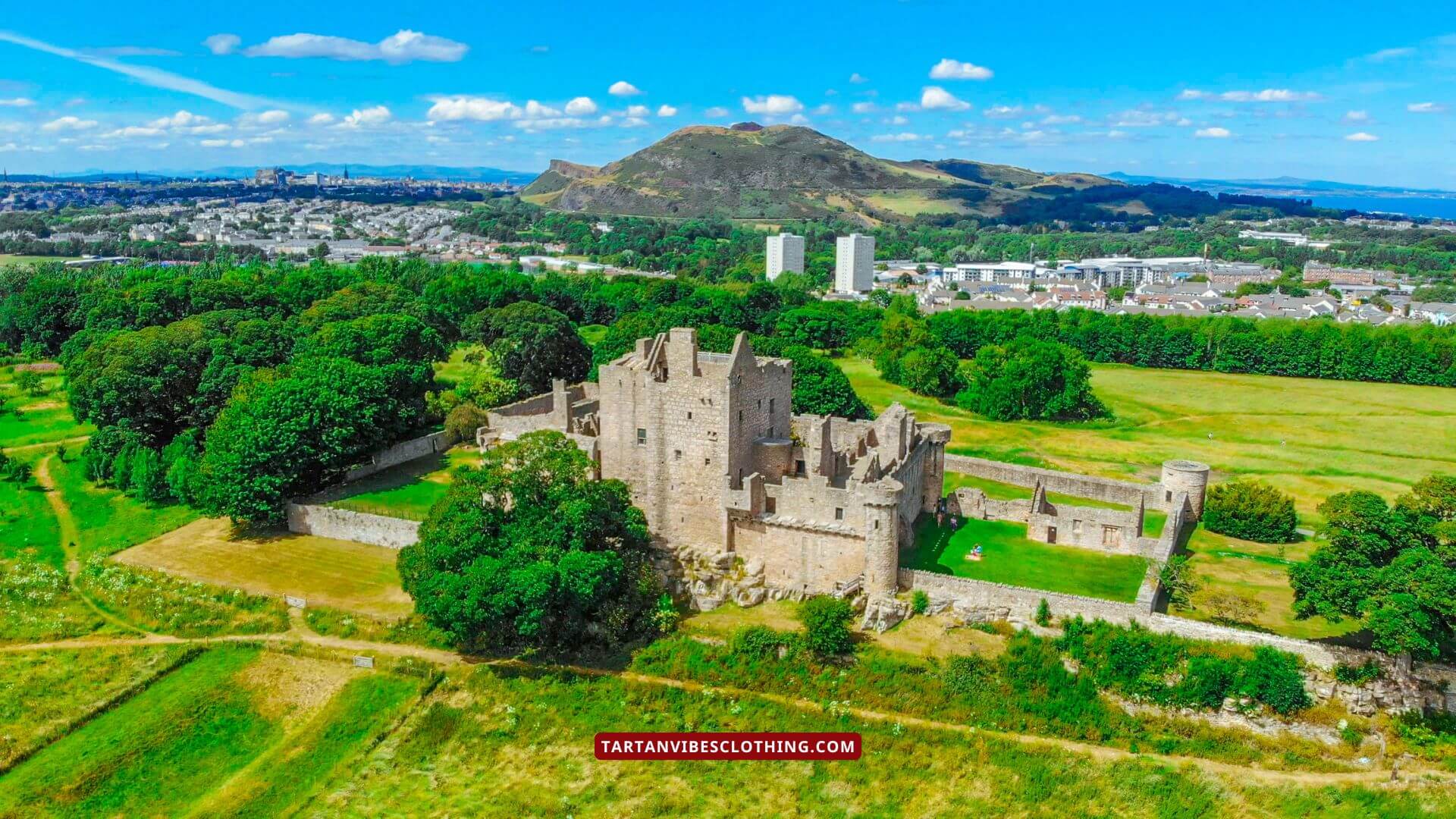
The castle is notably linked to Mary, Queen of Scots. After recovering from childbirth on 20 November 1566, she stayed at Craigmillar to regain her health. Before leaving on 7 December 1566, an agreement known as the "Craigmillar Bond" was allegedly made regarding her husband, Lord Darnley.
🔎 Who are the notable characters of Clan Stewart? Find out now at The Notable Figures of Clan Stewart in Scotland's History
Set sail on an odyssey through the illustrious annals of Clan Stewart with our handpicked collection of tartan creations. Embody the indomitable spirit that characterizes the Stewart clan, weaving a piece of this noble history into the fabric of your daily existence:
Conclusion
In conclusion, the Clan Stewart Castle presents a captivating glimpse into Scotland's rich history and heritage. From the majestic castles and ancestral lands of the Stewarts to the picturesque landscapes that shaped their legacy, these locations provide unique insights into the clan's significant role in Scottish culture. Whether visiting the historic Stewart of Appin estates or the scenic regions associated with the Stewart of Atholl, each site tells a story of bravery, loyalty, and tradition.
Frequently Asked Questions
Where did the Stewart clan live?
Scotland
From the Highlands to the Lowlands, and from the Hebrides to Orkney and Shetland, one clan rose to prominence in Scotland, leading the nation. Clan Stewart ruled Scotland and later Great Britain as monarchs for 350 years.
What are the branches of the Clan Stewart?
Besides the royal Stewart family, the primary branches established in the Scottish Highlands during the 14th and 15th centuries were the Stewarts of Appin, Atholl, and Balquhidder. Currently, the Earls of Galloway are recognized as the main line of Clan Stewart.
Are Stewart and Stuart the same clan?
Initially spelled "Stewart," the name changed to "Stuart" when the family became royalty in Scotland and England. Both versions represent the same clan and ancestry.
Where is the Stewart Clan from?
Brittany
The family name Fitzalan came from Brittany. It was changed when Walter Fitzalan served David I of Scotland and became High Steward. Later, Walter's great-grandson took on the title as a surname, leading to the family being known as the Stewarts.






